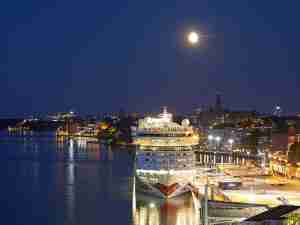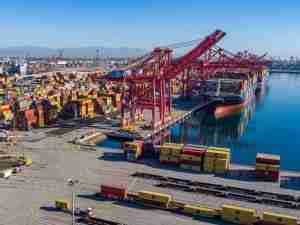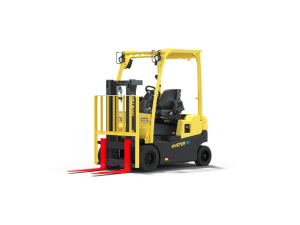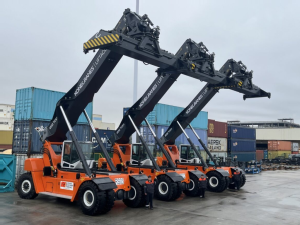Exports of mostly bulk sugar through the port could climb to 5 million or 6 million tons this season, up from 4 million last year, said Lorenzo Fregonese, out of expected total production from the center south cane belt of nearly 36 million tons.
Brazil's sugar output is expected to rise by about 2.7 million tonnes to 40.9 million tonnes this year and Paranagua has been working to attract more exporters to its facilities. (Graphic on Brazil cane crop: http://r.reuters.com/ket49r)
The throughput target looks ambitious given the long line of ships that queued as long as a month last year at Paranagua and other ports, to load at the harvest's peak but Fregonese said streamlined operations and dredging had raised capacity.
He said queues would inevitably recur again at the port this year as it expected to handle even more sugar, but waiting times would be less severe than last year, falling to around 15 to 20 days at their worst.
"I think the queue could be the same or a little shorter. It will all depend on the climate," Fregonese said.
The severity of the queues last year, largely due to frequent rains on the coast that halted loading amid a surge in import demand for sugar from Brazil with weaker Asian output, pushed futures higher then as competition grew for supplies.
Easing the pressure this year are new rules being negotiated with unions that should soon enable the port to make its four daily shift changes without a time-consuming shut-down of loaders required under existing rules, each time.
"With each shift change you can lose half an hour. That is two hours a day. The unions have understood the need for this," he said, adding this procedure was now being trialed.
A second major advance was the dredging in January of the port's berths, taking their draught to 12 to 12.5 meters (39 to 41 feet), up from as little as 9 meters previously. The dredging was the first at the berths in six years and the benefits have been immediate.
"Ships can load more. Last year they would be leaving with about 50,000 tons. This year they're taking 65,000 or 70,000," he said. Larger loads are much more time efficient.
By Wednesday, there were 64 ships loading or arriving at Brazil's southeastern ports. Fifteen were at Paranagua and most of the rest were at the biggest port, Santos.
The queue was caused mainly by the slow start to the sugarcane harvest that meant sugar supplies were not always available to meet ships as they arrived.
Faster Loaders
Regardless of how this cane harvest unfolds, plans for 2 billion reais in investments, mostly funded by the central government, should confront the port's bottlenecks head-on for sugar and grains, for which it is also second most important.
Works will include the addition of dedicated piers for loading of sugar and grains, extra warehousing capacity and works to improve access to the docks, Fregonese said.
"In the next three and a half years we should deliver to Brazil a highly functional, first-world port," he said, adding that the projects were still being developed and had yet to be submitted to and approved by the government.
The works would raise throughput capacity for sugar to around 10 million tons, he estimated, about a quarter of typical annual output in the center-south region. The private sector and the port itself would contribute to the total sum.
Separately, the port is seeking to install bulk loaders that can handle one third more cargo, meaning a rise to 2,000 tons of bulk goods like sugar or grains per hour, up from the current equipment's 1,500 ton-per-hour capacity. (Reuters)









